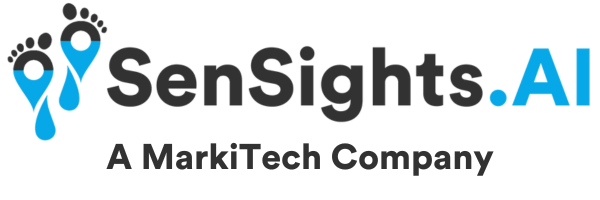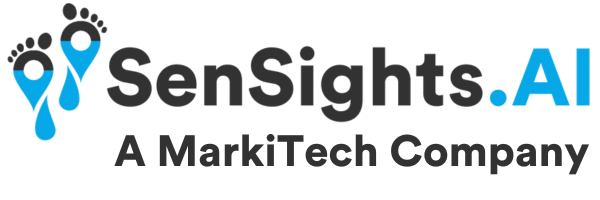While browsing through LinkedIn, surfing through different channels on the television, or reading your favourite business publication; you may have come across news about advancements in AI or how an organisation is testing 5G technology to enhance its current offerings.
While we know that the new technologies will positively impact multiple aspects of our lives, it can get a bit difficult to keep up with all the information that’s out there. At one point it may seem like these terms are being used interchangeably.
So when it comes to in-home care for seniors, where human contact is key, it becomes difficult to understand how technology can change the way things are done. That is why, to understand how the healthcare sector can benefit from ‘digital transformation’ it is important to breakdown different elements of the process and see how they work together.
How do AI and IoT work together?
Let’s start from ‘Artificial Intelligence (AI)’. While AI is progressing at a phenomenal speed, we still don’t have the kind of technology you’d read about in books or see in movies. In simple words, AI is how you can program machines to process specific data, within defined parameters, and use it to do a task properly without human intervention.
As the machines continue to process the information and do the same task over and over again, they learn and become ‘smarter’. They find trends and meta-narratives. This results in operational efficiency, saved time, and increased competitiveness.
However, AI cannot operate in isolation. It needs data and this is where IoT comes in. Large amounts of data are channeled back from devices to the cloud so that is can be processed and analysed. This data can be generated from anything and everything ranging from wearables and smartphones to smart home devices and cars.
Where does 5G come in the equation?
While AI and IoT have the capabilities to use seemingly random data to generate meaningful insights, the ‘digital transformation’ chain is incomplete without 5G. This is because when we talk about data, we talk about huge amounts of data that are being collected in real-time, shared, processed, and stored across multiple devices and servers.
Current networks don’t have the network slicing (ability to toggle between low bandwidth and high bandwidth applications like remote monitor to video) capability, speed, throughput and load capacity required for this kind of data management. With 5G which is extremely fast and has ultra-low latency, AI and IoT technologies can work seamlessly to deliver better decision making and response capabilities.
This is why there is a strong push for 5G from telecommunications organisations, governments, as well as private organisations.
Digital Transformation and in-home care
There has been an increase in the population of older adults across most developed countries. In fact, in the US, by 2050, the number of adults over the age of 65 will nearly double, from 47.8 million to 88 million.
While it is good that life expectancy has increased, this also means that more personal support workers (PSW) would be needed to ensure that proper care is provided to the increasing older population.
This is where the problem lies. According to research from PHI, there are just over 2 million home care workers across the U.S. who provide personal assistance and health care support to older adults and people with disabilities in home and community-based settings. Even though the number of PSWs has doubled over the past 10 ten years, the workforce is not growing fast enough to cater to the older population.
This has led to the need to find ways to provide effective, affordable in-home care so that healthcare resources can be allocated in a better way.
The role of modern technologies today and beyond
Digital transformation is one way of dealing with the situation where there are limited PSWs, an increasing senior population, and fewer medical facilities. Going back to our previous discussion, by using AI and IoT, organisations in the home care sector can have instant, real-time access to data. The data that can facilitate remote diagnosis and timely care.
Let’s look at a use case for seniors. AI-based platforms can collect data from wearable devices, such as the Apple Watch or FitBit or any IoT device, to report and analyse a senior’s current health status, biometric parameters, and predict potential health concerns. In addition to providing information about health, the platforms can provide medication reminders as well as prevent and report wandering and falls.
This can not only help active seniors live independently but also enable home healthcare organisations to allocate resources effectively.
This is just one example. There are many other ways in which technology can alleviate the pressure on home healthcare agencies without impacting the quality of care. Though we are not there yet because 5G is currently not available for commercial use but it does not mean that digital transformation is something that’s too far off in the future.
Remember how the first smartphone was launched in 1995 and it was nothing like what we know today. Oh and it had a hefty price-tag too. Fast forward to 2007 and we saw the first iPhone. Since then, smartphones have become an everyday necessity. This is how I believe it will be with digital transformation in home healthcare.
One minute it seems like it’s expensive and implausible. Next minute, it’s a reality.


